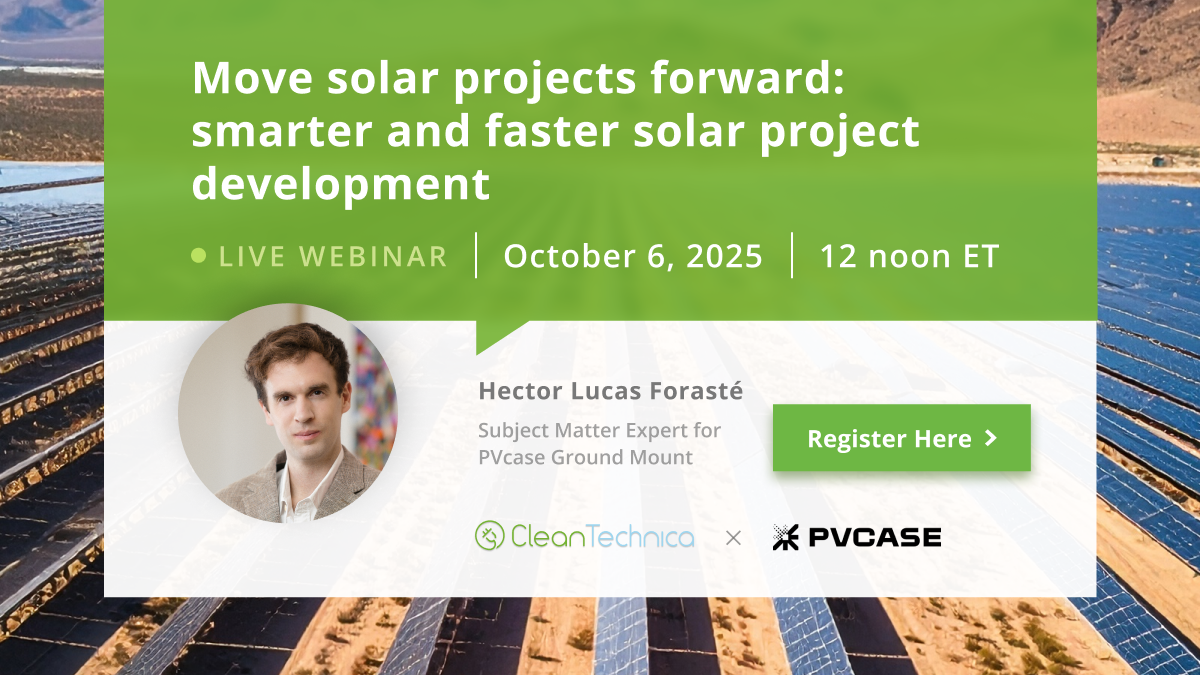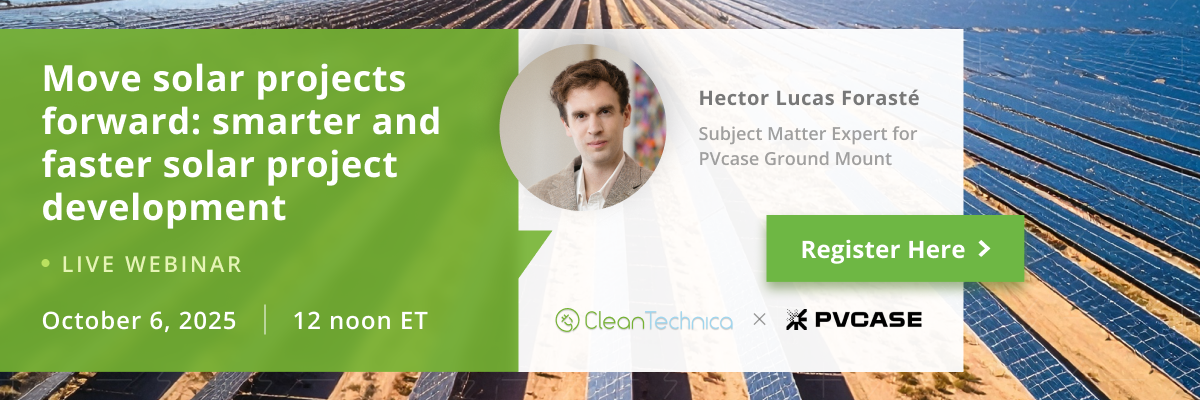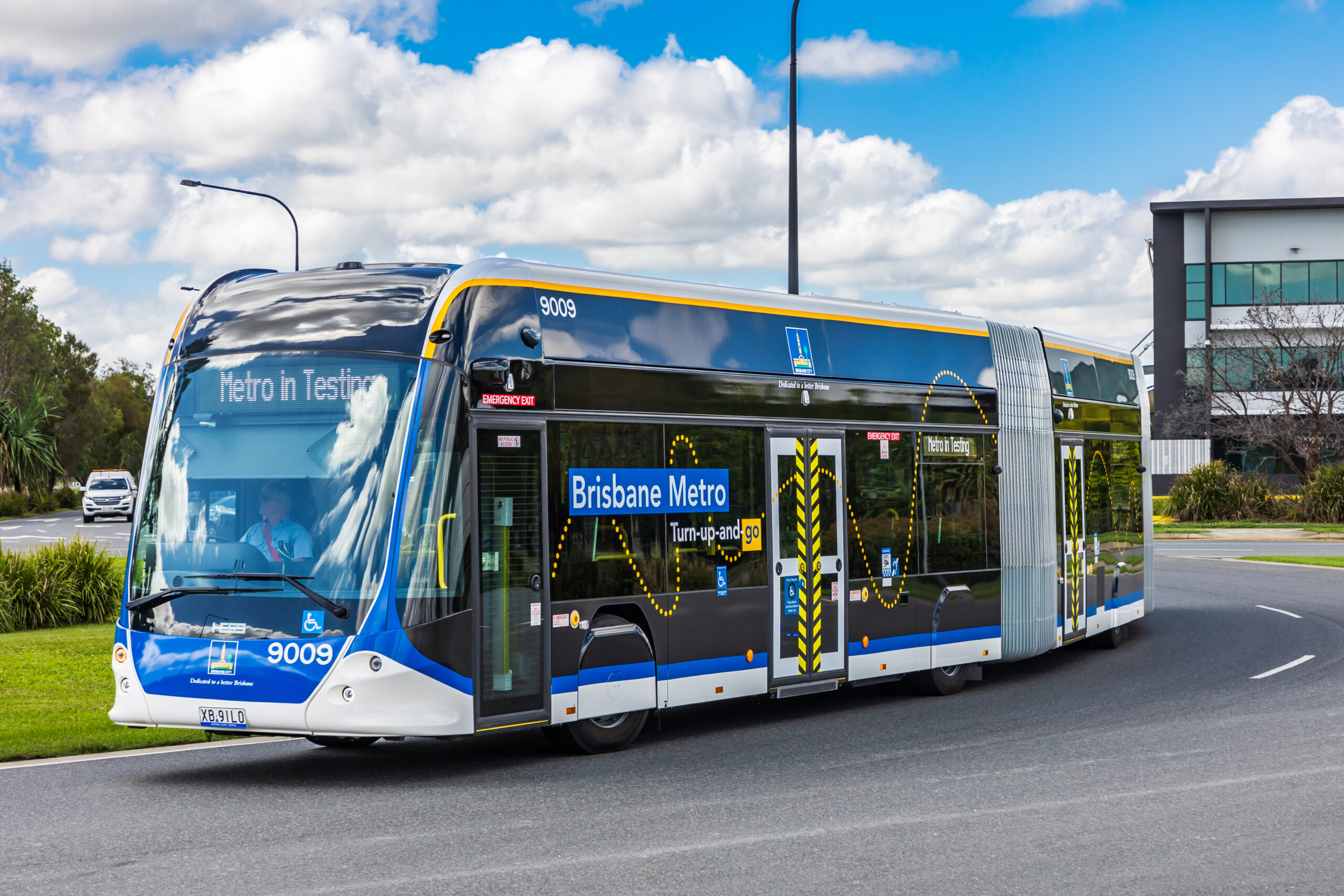Support CleanTechnica’s work through a Substack subscription or on Stripe.
TDK Ventures, Inc., has announced that it is investing in geothermal power-generation company Rodatherm, which is primarily focused on the Great Basin region in the Western United States. Geothermal energy doesn’t get a lot of press; perhaps that is because it is mostly out of sight and solar power and wind power are far more visible to most people. Geothermal does have great potential to “fill in” where intermittent renewable energy has some gaps.
As such, when combined with hydropower, pumped storage, and batteries for backup electricity, geothermal could provide great service to electrical grids. In fact, if it can be utilized fully, it might be enough on its own. Although, that may not be necessary. “The USGS has estimated that with advances in technology, nearly 520,000 MWe could be generated in high-temperature but low-permeability rock formations. This is more than enough energy to power every home in the U.S.”
How to get there is not entirely clear at this point, but some companies are working to develop more geothermal resources. TDK Ventures just announced an investment in one.
David Delfassy, Investment Director, and Adam Erlichman, Investment Analyst, who both work at TDK Ventures, answered some questions for CleanTechnica.
What is Rodatherm Energy Corporation and what does it do?
Rodatherm is a geothermal energy company, with a novel, next-gen design. They will generate electricity from their system and sell it to offtakers. Recent offtakers in the next-gen geothermal space have been utilities and hyperscalers.
Why is TDK investing in it?
TDK Ventures formed an investment in the geothermal space over the past year or so (see some of our writing here).
We found that Rodatherm fit our thesis exceptionally well and had a unique ability to generate venture-like returns in the space.
How does its patented advanced geothermal system (AGS) work?
Its system is actually quite unlike existing AGS systems, which we chose to not invest in due to their thermodynamic limits. We believe their CAPEX costs (relative to their power output) will be prohibitively high and unable to be economical.
Rodatherm’s system is fully cased and pressurized, uses a novel working fluid, has a modular well design, and has a direct-drive turbine. There are also some other critical system design aspects that aren’t public, and some finer points readers can learn about through Roda’s public patents.
What will Rodatherm use the $38M Series A funding for?
Rodatherm is focused on building its first commercial-scale system. It hopes to validate its system through this capital to open the door for more traditional project finance. Of course, Rodatherm is also continuing to build out its team, land portfolio, and technical abilities.
When will the first pilot project be completed and what will its electricity capacity be?
Rodatherm is tentatively hoping to have its first site completed and operational by the end of 2026. Of course, this is a very aggressive deadline and would be uniquely fast in the geothermal space.
When expanded, what will the potential electricity capacity of the full power project be?
Their first commercial site is targeting 100 MW of output.
In theory, how long could one of their geothermal power installations produce electricity, in years?
There are hopes the system could run for decades, perhaps even 40 (or more) years. Our firm underwrote to a 20-year lifetime, but we felt this was a very conservative assumption. Rodatherm’s system projects to be best-in-class for reliability.
Is their geothermal technology cost competitive with other forms of new electricity generation?
While the system has not been built yet, and there are currently a number of unknowns, we do believe it will be. Management projects to reach $40–50/MWh, even in early projects, and we believe there is upside from even that low point. Of course, this is much lower than other forms of clean, firm energy. And much lower than early deployments from other newer clean, firm technologies like nuclear SMRs.
We will have hard data here once the system is built, and will defer to those actual results.
 Sign up for CleanTechnica’s Weekly Substack for Zach and Scott’s in-depth analyses and high level summaries, sign up for our daily newsletter, and follow us on Google News!
Sign up for CleanTechnica’s Weekly Substack for Zach and Scott’s in-depth analyses and high level summaries, sign up for our daily newsletter, and follow us on Google News!
Have a tip for CleanTechnica? Want to advertise? Want to suggest a guest for our CleanTech Talk podcast? Contact us here.
Sign up for our daily newsletter for 15 new cleantech stories a day. Or sign up for our weekly one on top stories of the week if daily is too frequent.
CleanTechnica uses affiliate links. See our policy here.
CleanTechnica’s Comment Policy





